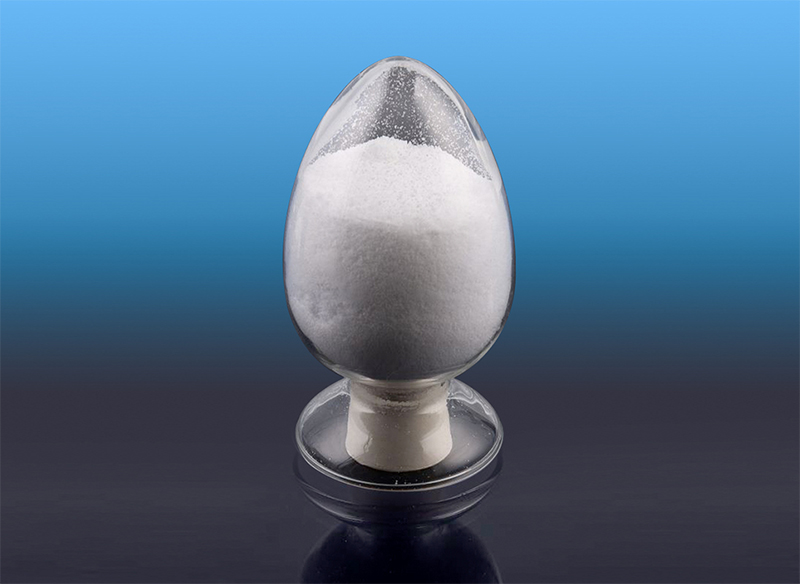What are the environmental considerations when using hydrogenated styrene-butadiene block copolymer?
When using hydrogenated styrene-butadiene block copolymer (HSBC), there are several important environmental considerations that need to be addressed to ensure sustainability and minimize potential environmental impact. These factors include its production, use, disposal, and overall lifecycle. Here are key environmental considerations:
1. Sourcing and Raw Materials:
The production of HSBC involves the use of styrene and butadiene, which are petrochemical derivatives. The environmental impact of sourcing these raw materials is significant, as the extraction and processing of petroleum and natural gas contribute to greenhouse gas emissions and environmental degradation. Therefore, the environmental footprint of HSBC production is partly influenced by the sourcing practices for these chemicals.
Sustainability Considerations:
To reduce this impact, manufacturers can explore alternatives like bio-based styrene and butadiene or implement more sustainable sourcing practices to reduce reliance on fossil fuels.
2. Energy Consumption in Manufacturing:
The production of hydrogenated styrene-butadiene block copolymer requires significant energy inputs, particularly for the hydrogenation process, which involves adding hydrogen to the styrene-butadiene block copolymer to enhance its stability and performance. High energy consumption during this manufacturing phase can contribute to a higher carbon footprint.
Sustainability Considerations:
Manufacturers can improve energy efficiency by adopting cleaner, renewable energy sources for production or optimizing manufacturing processes to reduce energy consumption.
3. Chemical Additives and Processing Aids:
During the production of HSBC, chemical additives and processing aids, such as stabilizers or plasticizers, may be used to enhance the material's properties. The environmental impact of these additives depends on their chemical composition and their potential for leaching into the environment during the product's lifecycle.
Sustainability Considerations:
Manufacturers can choose non-toxic, environmentally friendly additives that do not pose long-term ecological risks and are compliant with regulations like REACH (Registration, Evaluation, Authorisation, and Restriction of Chemicals) in Europe or TSCA (Toxic Substances Control Act) in the United States.
4. Waste and Recycling:
As a thermoplastic elastomer, hydrogenated styrene-butadiene block copolymer can be recyclable, depending on the specific formulation and the recycling infrastructure available. However, not all HSBC products are easily recyclable, and some may require special processing conditions. The accumulation of plastic waste is a growing environmental concern, and the inability to recycle certain forms of HSBC can contribute to the global plastic waste problem.
Sustainability Considerations:
Manufacturers should aim to design products that are more easily recyclable or incorporate recycled materials in their production. Developing effective recycling methods and supporting the creation of recycling infrastructure is crucial for reducing the environmental impact of HSBC. Additionally, the use of biodegradable or recyclable alternatives to petrochemical-based styrene and butadiene can reduce the overall environmental burden.
5. Toxicity and Chemical Leaching:
While hydrogenated styrene-butadiene block copolymers are generally considered to have low toxicity, concerns may arise in certain applications where the material could come into contact with sensitive environments or products (such as food packaging or medical devices). The potential for chemical leaching from HSBC into the surrounding environment, especially in landfills or during incineration, can pose risks.
Sustainability Considerations:
To mitigate this, manufacturers can ensure that HSBC products are certified to meet safety standards for their intended applications, such as food-safe certifications or compliance with medical-grade material regulations. Additionally, products should be designed to minimize the release of harmful chemicals during disposal.

6. End-of-Life Disposal:
The end-of-life disposal of HSBC products can lead to environmental concerns, particularly if the materials are incinerated or end up in landfills. Incineration can release harmful pollutants such as dioxins, while landfilling contributes to the long-term accumulation of non-biodegradable plastic waste.
Sustainability Considerations:
End-of-life management practices should be improved, such as promoting the use of HSBC in products that are easier to recycle or repurpose. Where recycling is not feasible, methods like energy recovery from waste (waste-to-energy) can help reduce the environmental impact.
7. Impact on Wildlife and Ecosystems:
Although HSBC is generally stable and inert in its final form, improper disposal can lead to microplastic contamination, especially in aquatic environments. Small plastic particles can be ingested by marine organisms, causing potential harm to wildlife and disrupting ecosystems.
Sustainability Considerations:
To mitigate this risk, the development of biodegradable or more environmentally friendly alternatives to styrene-butadiene block copolymers is an ongoing area of research. Additionally, improving waste management practices and consumer education on proper disposal can help reduce the environmental impact of HSBC.
8. Lifecycle Assessment (LCA):
Conducting a Lifecycle Assessment (LCA) is a comprehensive way to evaluate the overall environmental impact of HSBC products from raw material extraction to disposal. This helps identify areas where improvements can be made in terms of energy use, material sourcing, emissions, and waste management.
Sustainability Considerations:
A full LCA can guide companies in making more sustainable choices throughout the product lifecycle. For instance, selecting alternative raw materials, reducing energy consumption during manufacturing, and improving end-of-life disposal practices can help reduce the environmental impact of HSBC.





